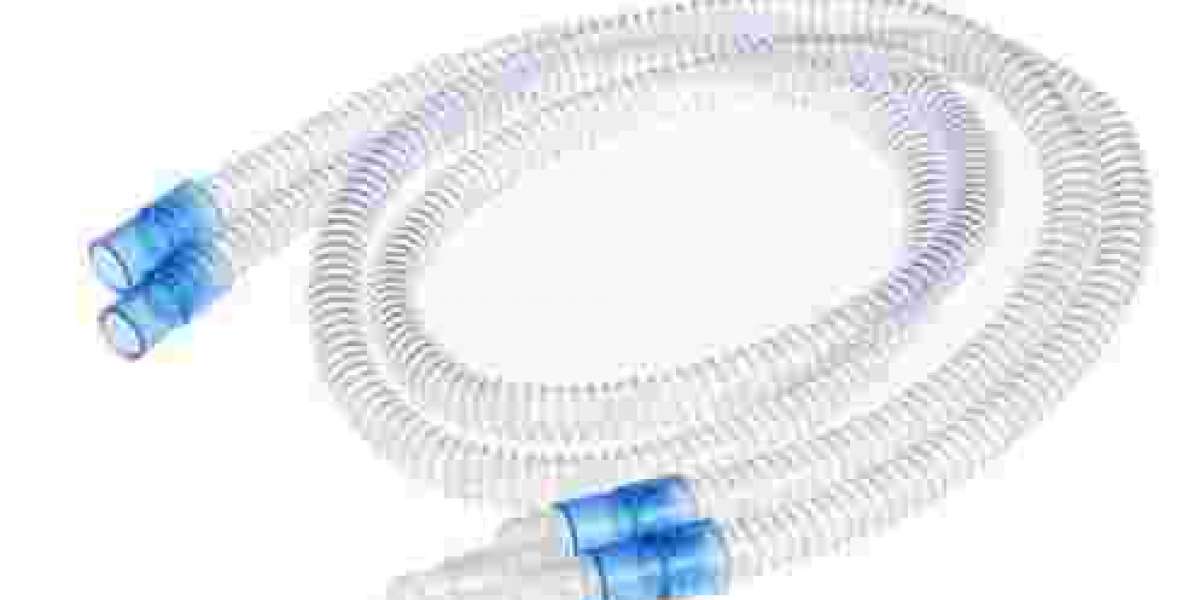A turbocharged engine is an internal combustion engine that is equipped with a turbocharger and other turbo accessories like blow off valves. The turbocharger is a device that forces more air into the engine's combustion chamber than it would receive under normal atmospheric pressure. This increased air allows the engine to burn more fuel, thereby generating more power.
How turbos work:
· Exhaust Gases Power the Turbocharger: The turbocharger consists of a turbine and a compressor. The turbine is driven by the engine's exhaust gases, which spin the turbine's blades.
· Compressed Air into the Engine: As the turbine spins, it drives the compressor, which draws in ambient air, compresses it, and forces it into the engine's intake manifold at a higher pressure than usual.
· More Air and Fuel for Combustion: The compressed air means that more oxygen is available in the combustion chamber. This allows the engine to burn more fuel during the combustion process, producing more power than a naturally aspirated engine of the same size.
Pros of turbocharged engines
Engines fitted with these performance parts offer several advantages, making them popular in both performance and everyday vehicles. Here are the key pros:
1. Increased Power Output: Turbocharging forces more air into the engine, allowing it to burn more fuel and produce significantly more power compared to a naturally aspirated engine of the same size.
2. Improved Fuel Efficiency: Because a turbocharged engine can produce more power from a smaller engine displacement, it can be more fuel-efficient. Manufacturers often use turbocharging to downsize engines, achieving the same performance with less fuel consumption.
3. Better Performance at High Altitudes: Turbocharged engines perform better at high altitudes than naturally aspirated engines. At higher altitudes, the air is thinner, and a turbocharger can compensate by compressing the available air, maintaining engine performance.
4. Reduced Emissions: With better combustion efficiency, turbocharged engines can reduce the emissions of certain pollutants. This helps manufacturers meet stringent emission regulations without sacrificing performance.
5. Enhanced Driving Experience: Turbocharged engines often provide more torque at lower RPMs, resulting in quicker acceleration and a more responsive driving experience.
6. Flexibility in Engine Design: Automakers can use turbocharging to design smaller, lighter engines that still deliver the power required for various types of vehicles, from compact cars to large SUVs.
7. Potential for Future Tuning: Turbocharged engines often have more potential for aftermarket tuning. Enthusiasts can increase boost pressure to extract even more power, though this should be done carefully to avoid damaging the engine.
These benefits make turbocharged engines a compelling choice for a wide range of vehicles, from everyday commuter cars to high-performance sports cars.
Cons of turbocharged engines
While turbocharged engines offer several benefits, they also come with some drawbacks. Here are the main cons:
1. Turbo Lag: Turbo lag is the delay between when you press the accelerator and when the turbocharger provides the boost. This can result in a slight delay in power delivery, particularly noticeable in older or poorly tuned turbocharged engines.
2. Complexity and Cost: Turbocharged engines are more complex than naturally aspirated engines, involving additional components like the turbocharger itself, intercoolers, and more sophisticated engine management systems. This complexity can lead to higher manufacturing and maintenance costs.
3. Increased Heat Generation: Turbochargers operate at very high temperatures because they are driven by exhaust gases. This additional heat can stress the engine and its components, potentially leading to issues like overheating or requiring more robust cooling systems.
4. Potential for Engine Wear and Tear: The increased pressure and heat in a turbocharged engine can lead to faster wear and tear on engine components if the engine is not properly maintained. This might reduce the engine's lifespan compared to a naturally aspirated counterpart.
5. Maintenance and Repair Costs: Turbocharged engines can be more expensive to maintain and repair. If a turbocharger fails, it can be costly to replace. Additionally, the need for more frequent oil changes and higher-quality oil to protect the turbocharger can add to maintenance expenses.
6. Lower Fuel Efficiency Under Boost: While turbocharged engines can be more fuel-efficient under normal driving conditions, when driven aggressively and under boost, they can consume more fuel than a naturally aspirated engine of the same size.
7. Complexity of Tuning: Modifying or tuning a turbocharged engine requires careful calibration. Poorly executed modifications can lead to engine damage, such as knocking, excessive heat, or even catastrophic failure.
8. Potential for Increased Emissions Under Hard Acceleration: Although turbocharged engines can be more efficient, they can also produce higher emissions under heavy acceleration, especially if not properly tuned or if they lack advanced emissions controls.
These disadvantages should be considered when choosing a turbocharged engine, especially if you prioritise reliability, low maintenance costs, or a simpler driving experience.
How to ensure maximum performance of your turbocharged engine
To ensure maximum performance and longevity of your turbocharged engine, proper maintenance and mindful driving habits are essential. Here are some key practices to follow:
1. Regular Maintenance:
· Oil Changes: Use high-quality synthetic oil and follow the manufacturer’s recommendations for oil change intervals. The turbocharger relies on clean oil for lubrication and cooling.
· Air Filter Replacement: Regularly check and replace the air filter to ensure that the turbocharger receives clean air. A clogged filter can reduce performance.
· Check Turbocharger System: Have the turbocharger, intercooler, and related components inspected regularly for leaks or damage.
2. Proper Warm-Up and Cool-Down:
· Warm-Up: Allow the engine to warm up gradually before driving aggressively. This ensures proper oil flow and reduces stress on engine components.
· Cool-Down: After heavy driving or high-speed runs, let the engine idle for a few minutes to allow the turbocharger to cool down. This prevents heat soak and reduces the risk of oil coking.
3. Use Quality Fuel:
· Recommended Octane Rating: Use the fuel with the octane rating recommended by the manufacturer. Higher-octane fuel helps prevent knocking and allows the turbocharger to operate optimally.
4. Monitor Boost Pressure:
· Check Boost Levels: Ensure that the boost pressure is within the manufacturer’s specifications. Excessive boost can lead to engine damage, while insufficient boost can reduce performance.
5. Keep the Cooling System in Check:
· Radiator and Cooling System: Ensure that the radiator, cooling fans, and other parts of the cooling system are functioning correctly to prevent overheating.
6. Inspect and Maintain the Turbocharger:
· Check for Leaks: Regularly inspect the turbocharger for oil or boost leaks. Any leaks can affect performance and engine efficiency.
· Listen for Unusual Noises: Pay attention to any unusual noises from the turbocharger, such as whistling or grinding, which may indicate a problem.
7. Drive Responsibly:
· Avoid Over boosting: Refrain from consistently driving with the turbo at its maximum boost level. Overuse can lead to premature wear.
· Avoid Hard Acceleration: If possible, avoid aggressive driving that places excessive strain on the engine and turbocharger.
8. Upgrade Components Wisely:
· Tuning and Upgrades: If you are considering performance upgrades, such as increasing boost pressure, ensure that other components like the fuel system, cooling system, and engine internals are also upgraded to handle the increased stress.
9. Follow Manufacturer Guidelines:
· Service Manual: Always refer to the vehicle’s service manual for specific maintenance intervals and recommendations related to the turbocharged engine.
These practices can help maintain the performance and reliability of your turbocharged engine, ensuring it continues to deliver optimal power and efficiency.








